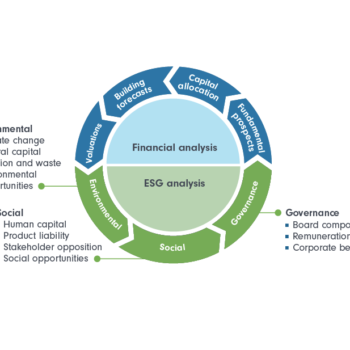|
|
In the grand scheme of the business world, achieving profitability is no longer the sole determinant of a company’s success. The modern corporate landscape has seen a significant shift toward sustainability, recognizing its intrinsic value in fostering long-term growth and resilience.
As we stand on the brink of this sustainable revolution, the ability to accurately measure sustainability in business becomes an indispensable tool.
However, for many businesses, understanding and implementing key sustainability metrics and indicators is like navigating uncharted territory. There’s no need to worry, though. This article will guide you through these key metrics and indicators, how they are used, and explain why they are crucial for your business.
So whether you’re a budding entrepreneur or an established business leader looking to pivot toward a more sustainable model, read on to get equipped with the knowledge you need to drive your business sustainably forward.
Key Takeaways
- Sustainability metrics offer crucial insights into a business’s ESG performance and foster long-term growth.
- The selection of relevant metrics requires a strategic approach tailored to individual business needs.
- Accurate data collection is integral to effective sustainability measurement and can be facilitated by technology.
- Interpreting collected data allows for actionable strategies, highlighting areas for improvement.
- Successful implementation of sustainability metrics, as showcased by Unilever, Patagonia, and Interface, drives meaningful, measurable change.
Understanding the Importance of Sustainability in Business
Without a reliable way to measure progress, achieving sustainability can seem like an exhausting uphill battle.
That’s where sustainability metrics and indicators come into play. They provide tangible data on a company’s ESG performance, allowing businesses to gauge their current standing, identify areas of improvement, set realistic goals, and track progress over time.
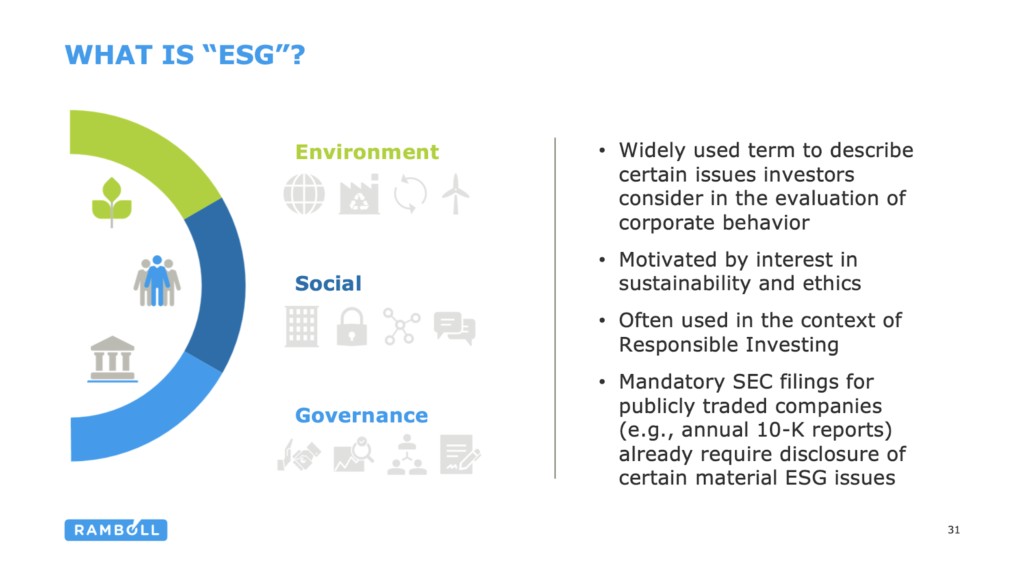
The use of these metrics not only enhances internal decision-making but also promotes transparency to stakeholders — investors, employees, and customers — who are increasingly demanding evidence of sustainable practices. By offering clear insights into a company’s sustainable initiatives, these metrics can enhance brand reputation, attract conscious consumers and investors, and ultimately drive profitability.
Types of Sustainability Metrics in Business
Sustainability metrics are essential in modern business because they provide a way to quantify and measure the impacts a company has on the environment, society, and the economy. They also help companies to identify areas where they can improve their sustainability efforts, reduce costs, and increase efficiency.
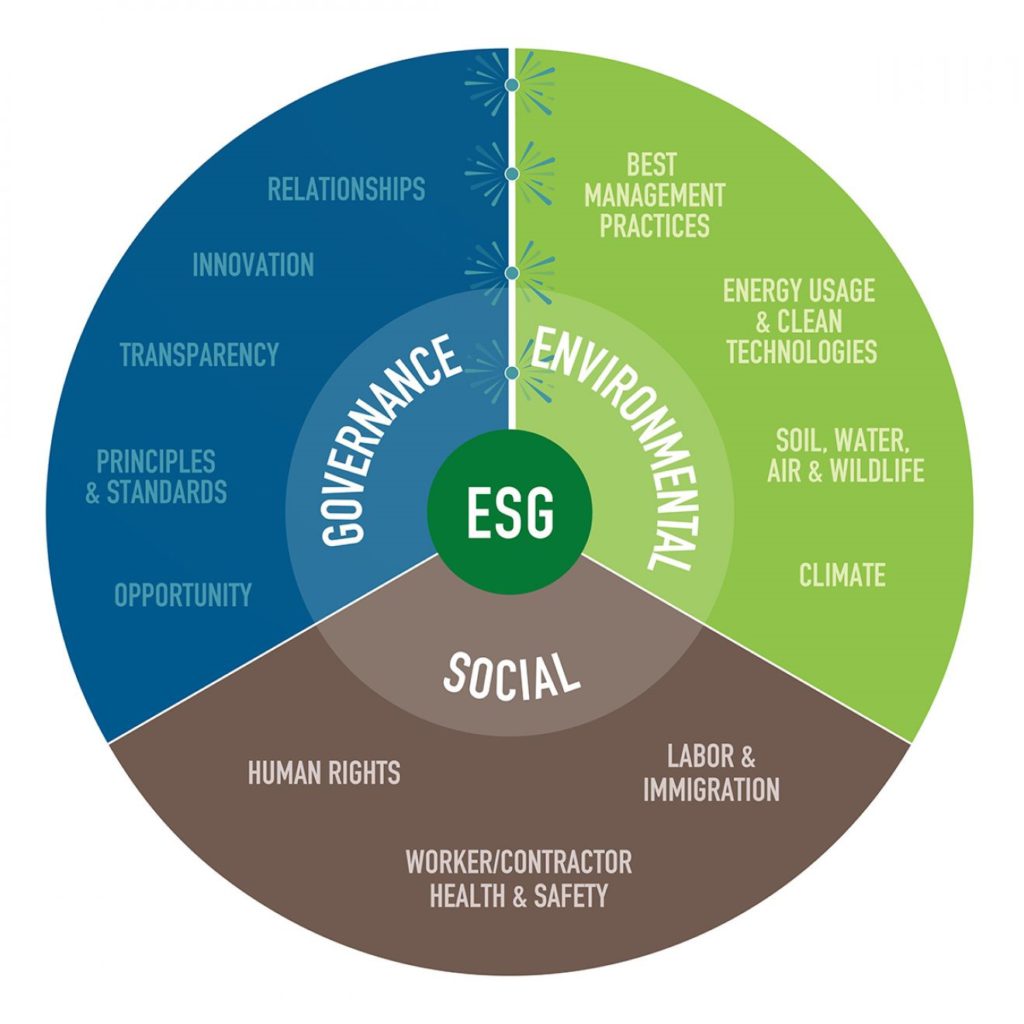
Below are various types of sustainability metrics commonly used in business:
- Environmental Metrics
- Carbon footprint, This metric calculates the total greenhouse gas emissions caused directly or indirectly by a company. It’s often measured in equivalent tons of carbon dioxide (CO2).
- Water footprint. Measures the total volume of fresh water used to produce goods and services by a business.
- Waste generation. Quantifies the total waste produced by a business, including solid, liquid, and gaseous waste.
- Energy consumption. Quantifies the amount of energy a company uses in its operations, typically measured in kilowatt-hours or megajoules.
- Biodiversity impact. This is an assessment of a company’s impact on local and global biodiversity, such as changes in land use or impact on endangered species.
- Social Metrics
- Employee satisfaction and turnover rates. Measure the overall well-being and satisfaction of employees and how often they leave the company, respectively.
- Gender and diversity representation. This measures the diversity of a company’s workforce in terms of gender, race, and other demographic factors.
- Health and safety incidents. Tracks the number and severity of workplace accidents or health and safety breaches.
- Community engagement. Assesses a company’s interaction with local communities, such as local hiring or community development projects.
- Governance Metrics
- Board diversity. Measures the level of gender and ethnic diversity in a company’s board of directors.
- Sustainability reporting. Help assess whether a company reports on its sustainability performance and how comprehensive these reports are.
- Ethical standards. This evaluates a company’s commitment to ethical business practices, such as anti-corruption policies and ethical sourcing standards.
These are just some examples of the many sustainability metrics that businesses can use to measure their performance and impact. Depending on the specific goals and operations of a company, other metrics may be more relevant.
How to Implement Sustainability Metrics
Implementing sustainability metrics into your business’s day-to-day operations requires a strategic approach that begins with identifying which factors are most relevant to your organization.
This will vary from business to business, depending on the industry, size, and specific goals of the company. However, universally significant areas often include energy consumption, waste production, emissions, and social impact.
Once the relevant areas are identified, it’s then crucial to select the corresponding metrics that will provide a measurable and quantifiable means of tracking performance in these areas. For instance, a business focusing on reducing its carbon footprint might monitor its total greenhouse gas emissions or the percentage of its energy sourced from renewable providers.
The next step is to establish data collection procedures. The accuracy and reliability of sustainability metrics are heavily dependent on the quality of data collected. Businesses may need to invest in new technologies or systems to ensure they can gather and manage this data effectively.
With data collection underway, businesses should regularly review and analyze this information. These insights can guide strategy development, highlight areas for improvement, and provide a basis for setting realistic yet ambitious sustainability targets.
Finally, it’s essential to communicate these metrics and any related progress clearly, both internally and externally. Employees should understand how their roles contribute to the company’s sustainability goals while stakeholders and customers increasingly value transparency around such initiatives.
Overcoming Challenges in Measuring Sustainability
One of the most common difficulties businesses face is identifying the right metrics that align with their unique operational characteristics and sustainability goals.
This issue can be mitigated by conducting a thorough analysis of the business operations, consulting with sustainability experts, and leveraging existing frameworks like the Global Reporting Initiative (GRI) or Sustainability Accounting Standards Board (SASB).
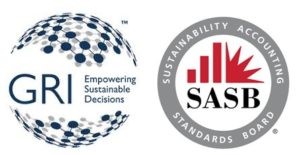
Data collection is another significant hurdle. Accurate measurement of sustainability metrics necessitates consistent and reliable data. Businesses can leverage technology to automate data collection where possible, ensuring accuracy while saving time and resources.
Investing in specialized software or partnering with organizations that offer sustainability data management can also be beneficial. The common technologies used for automated data collection include OCR (Optical Character Recognition), OMR (Optical Mark Recognition), ICR (Intelligent Character Recognition), and IDR (Intelligent Document Recognition).
Interpreting the collected data and translating it into actionable strategies is yet another challenge. That’s why It’s essential to have a dedicated team or individual responsible for analyzing the data, identifying trends and areas for improvement, and developing strategic plans based on these insights.
Examples of Successful Implementation of Sustainability Metrics
As more and more businesses recognize the value of sustainable practices, numerous examples have emerged showcasing the successful implementation of sustainability metrics.
Here, we will delve into how some leading companies have effectively measured and improved their sustainability performance.
Unilever
Unilever, a multinational consumer goods company, stands as a model of sustainable business practices.
They launched their Sustainable Living Plan in 2010, aiming to halve the environmental footprint of their products by 2030 while improving their social impact. To track progress, they identified key performance indicators (KPIs) across various areas, such as greenhouse gas emissions, water use, waste production, and social fairness.
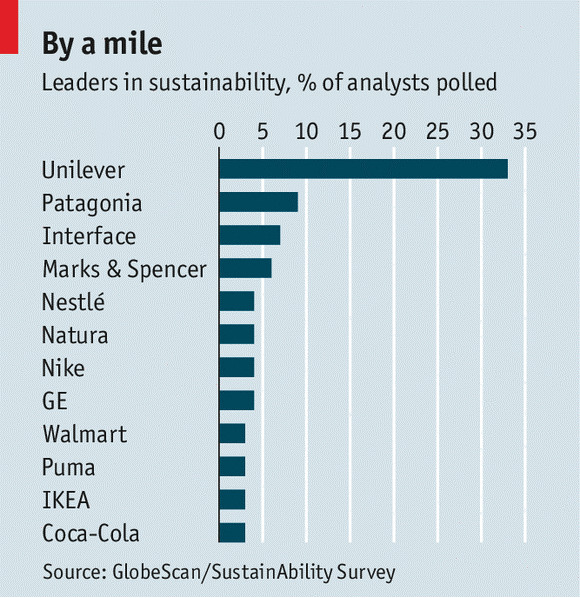
Through continuous monitoring and reporting of these metrics, Unilever has achieved significant milestones. For instance, by the end of 2020, they’d reduced CO2 emissions from energy from making their products by 65% per tonne of production compared to 2008.
Patagonia
Outdoor clothing company Patagonia is well-known for its commitment to environmental and social responsibility. They measure their sustainability performance through metrics like the percentage of materials sourced that are recycled or environmentally friendly and the proportion of their products that are Fair Trade Certified.
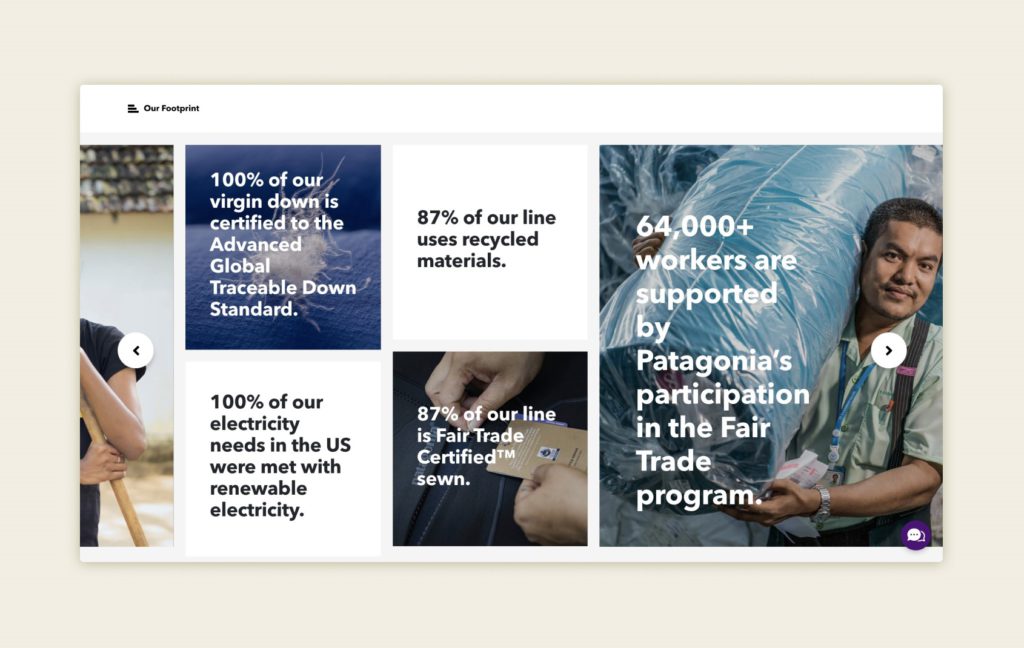
Thanks to these metrics and associated initiatives, Patagonia has made notable strides in sustainability. As of 2023, 87% of its products were made from recycled materials, demonstrating a measurable commitment to reducing resource consumption and waste.
Interface
Interface, a global commercial flooring company, showcases how implementing sustainability metrics can drive transformative change. In 1994, they launched Mission Zero®, committing to eliminate any negative impact the company might have on the environment by 2020.
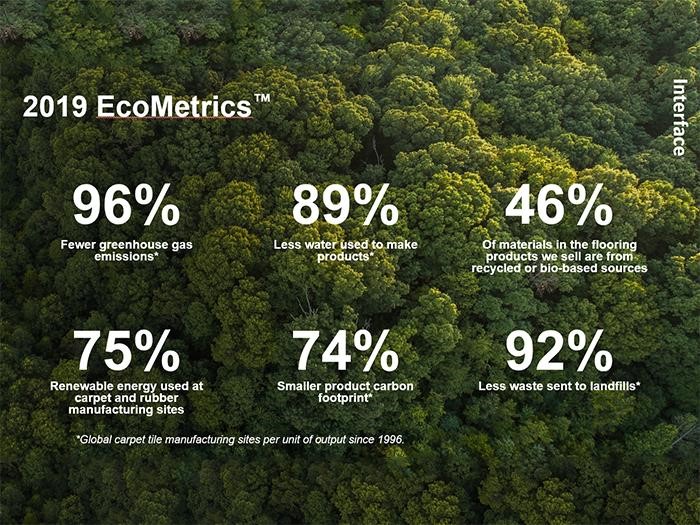
To achieve this ambitious goal, Interface identified key metrics such as carbon emissions and waste generation. They used these data points to guide innovative solutions like recycling fishing nets into carpet materials. By 2019, Interface had reduced its greenhouse gas emissions intensity by 96%, showcasing an impressive success story in using sustainability metrics to drive change.
Final Thoughts
In an era where sustainability plays a pivotal role in business, the implementation and effective use of sustainability metrics is crucial.
These metrics provide a tangible way for businesses to assess their ESG performance, steer improvements, and communicate their progress. Although identifying the right metrics and collecting accurate data can be challenging, examples from Unilever, Patagonia, and Interface show how these obstacles can be overcome to drive meaningful change.
As we move further into the sustainable revolution, companies that master these measurements are likely to emerge as leaders, securing not just short-term profitability but long-term resilience and growth.






